The UK and Its Role in ESA’s JUICE Mission
22nd Feb 2023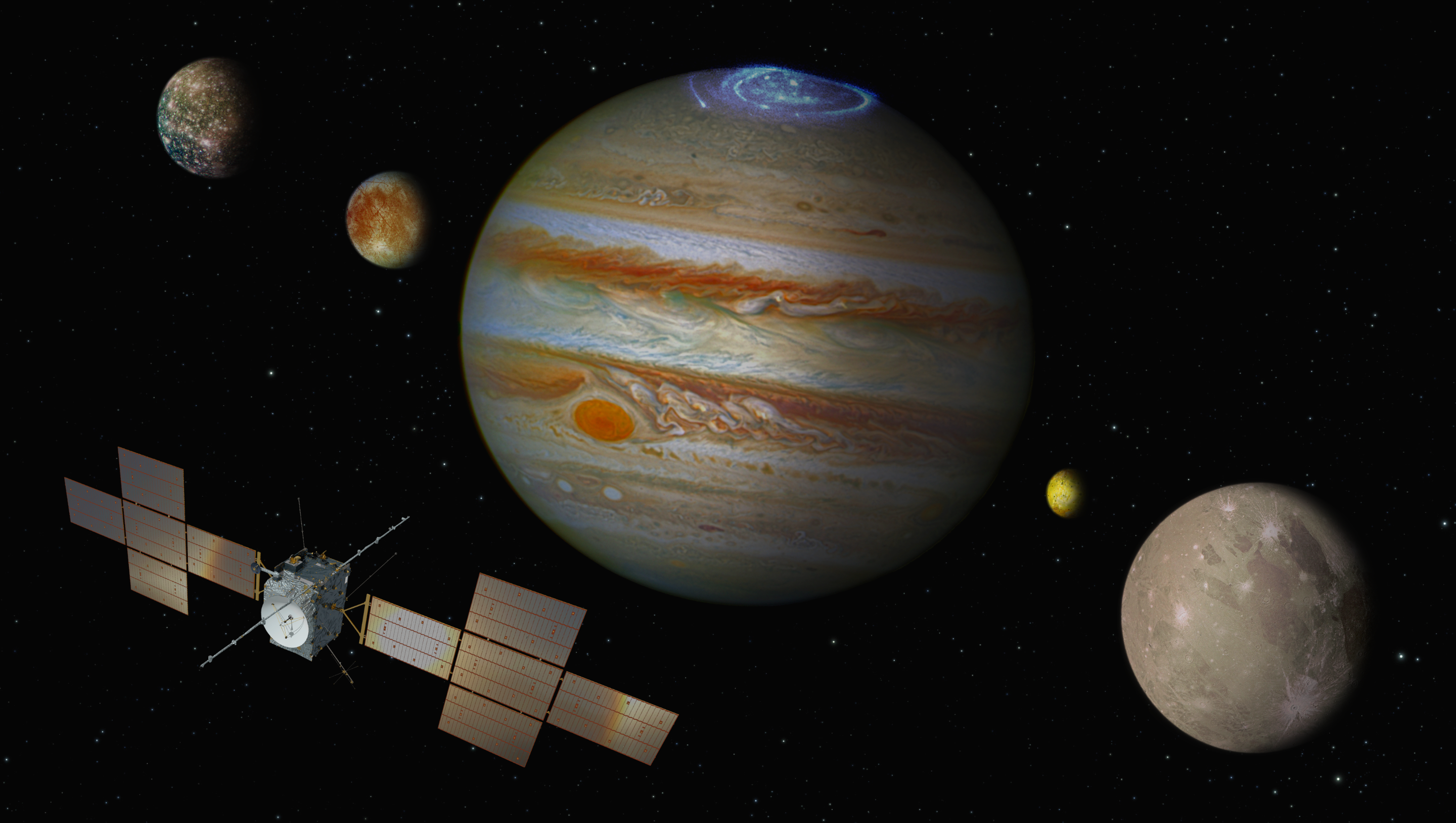
European Space Agency is making final preparations before sending its Jupiter Icy Moons Explorer mission, JUICE, into outer space in April 2023. The JUICE spacecraft was delivered to the launch site in February 2023 by a Ukrainian Antonov Airlines An-124 cargo flight.
JUICE aims to orbit Jupiter and three of its largest moons, Ganymede, Callisto and Europa, for at least three years.
It is reported that the total cost of the JUICE spacecraft built by ESA and Airbus is around 1.5 billion euros (£1.33 billion).
However, it is not the first mission to Jupiter. In the past, NASA had several missions focused on studying Jupiter, including Cassini, Galileo Orbiter, Voyager 1 and 2, and Juno missions.
When is the JUICE mission launch date?
If everything goes as planned, Jupiter Icy Moons Explorer will be launched from Europe’s Spaceport in French Guiana with an Ariane 5 rocket — the same type of launcher which sent the James Webb space telescope into space in 2021.
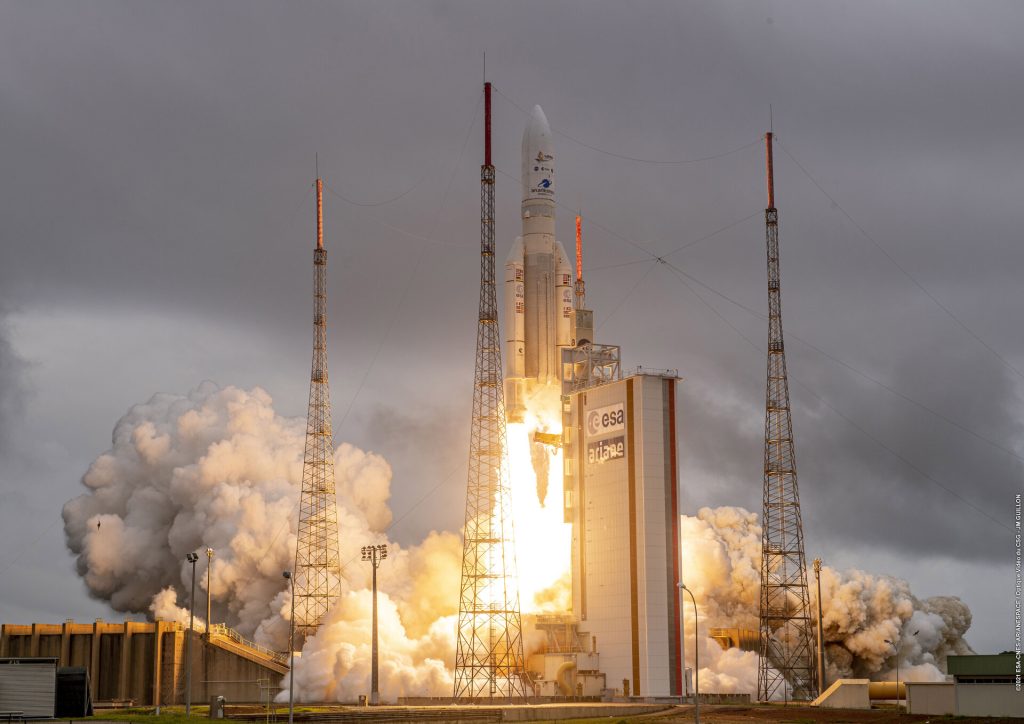
The launch date is scheduled on 15th April 2023, though the launch window extends to the end of April. After that, how long does it take to get to Jupiter? It is expected that the JUICE spacecraft will arrive at Jupiter in 2031, eight years after its launch.
Another year later, in the early months of 2032, scientists should receive the first close-up images of Jupiter’s moons.
What’s the point of researching Jupiter’s moons?
Jupiter itself is a very interesting planet — it is the biggest planet in our Solar System; it is more than twice as big as all the other planets combined! Jupiter doesn’t have a surface — the planet is mostly swirling gases and liquids, so it is impossible to land a rover or a spacecraft there. But Jupiter has at least 80 moons, some of which may contain water. There could be traces of life on these moons.
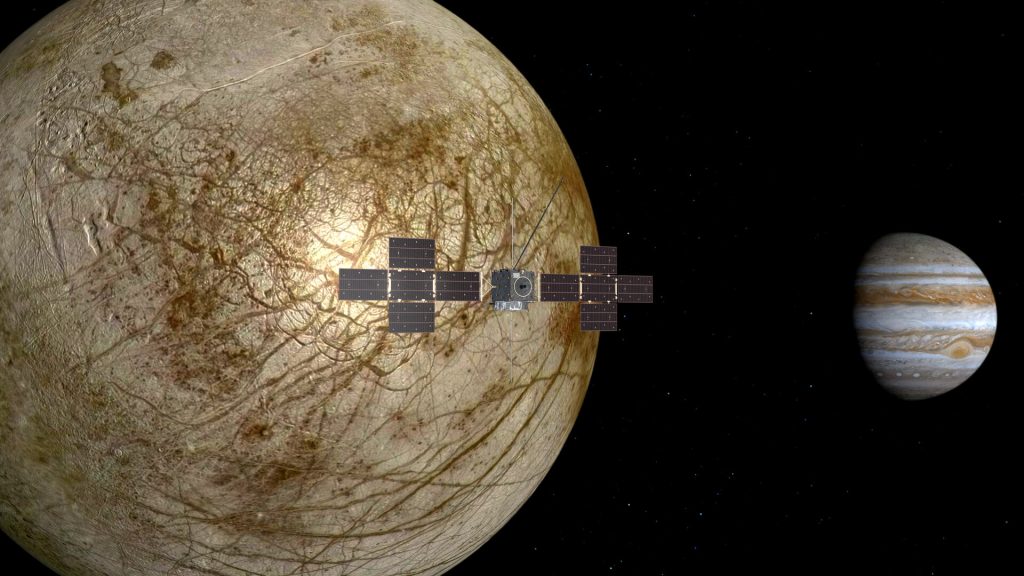
That is the exact goal of the JUICE mission — to explore Jupiter’s largest moons, Europa, Ganymede and Callisto, as they show signs of liquid water oceans beneath their icy surface. We know that life on Earth exists even in the deepest and darkest parts of the ocean, so can it also be possible for Jupiter’s moons? What circumstances led to the development of planets and moons and the emergence of life? We’ll have a chance to find out soon.
In attempts to answer these questions, the JUICE space mission will investigate the moons’ habitable zones as well as Jupiter’s atmosphere, magnetic environment, ring system, and other satellites (including Io).
Source: ESA
How long will the JUICE mission be going?
It will take eight years and 6.6bn km before the spacecraft reaches Jupiter. On its way, JUICE will fly by Earth three times and Venus once. This phase will last three years after reaching Jupiter’s orbit, during which time it will spend three years exploring Ganymede, Callisto, and Europa in a series of fly-bys. The mission’s final phase will involve orbiting Ganymede for a few more months at altitudes between 200km and 500km from the moon’s surface, depending on how much fuel is left, before crashing onto Ganymede in late 2035.
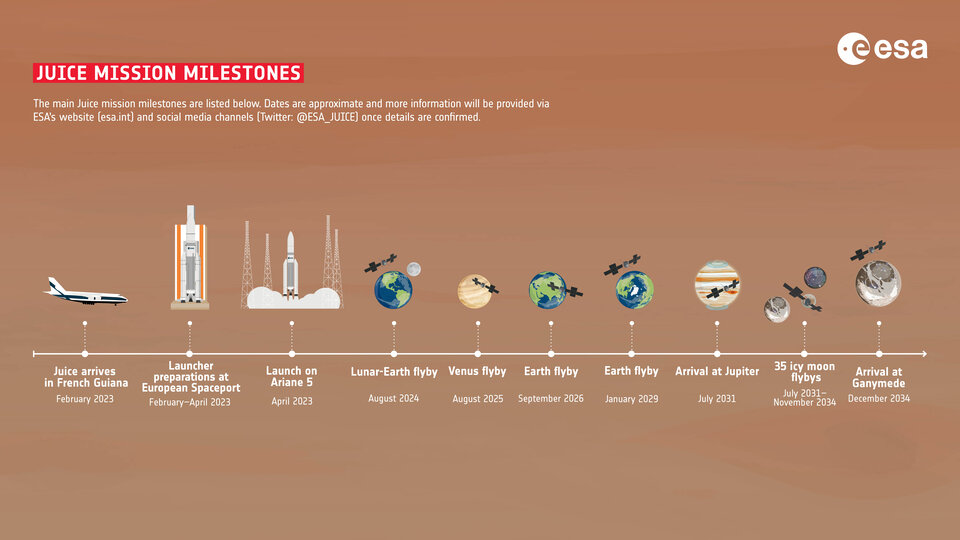
What role does the United Kingdom play in the mission?
Though the UK left the European Union, it remains a member state of the ESA. The UK Space Agency has invested approximately £9 million in JUICE.
The UK was also involved in the development of the instruments. JUICE is equipped with 10 state-of-the-art instruments, including the most powerful remote sensing tools, geophysical data, and in-situ payloads ever carried to the outer Solar System.
The UK Space Agency is responsible for the development of the J-MAG magnetometer and the hardware for two other instruments. Besides this, the UK is involved in the development of other instruments. For instance, the Mullard Space Science Laboratory in University College London, which is the United Kingdom’s largest university space research group, provides the Solid-State Detectors for the (Swedish-led) Particle Environment Package (PEP).
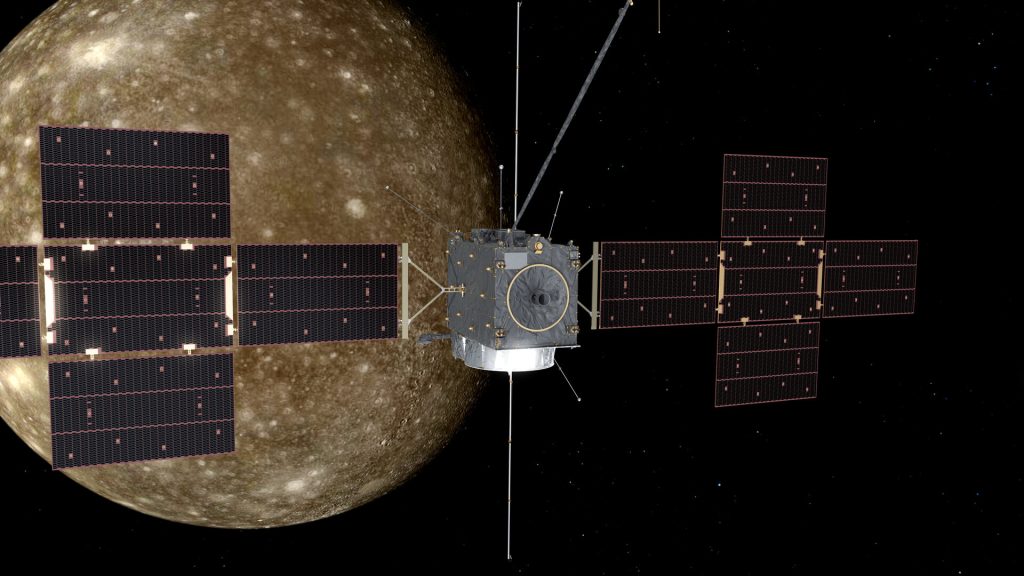
NASA, JAXA and the Israeli Space Agency were also partially involved in the mission. NASA provided one instrument (UVS) and hardware for two European-supplied instruments (RIME and PEP), whereas JAXA delivered hardware for several European-supplied instruments (SWI, PEP, GALA, RPWI).
The Open University, with funding from the UK Space Agency, will characterise, test, and calibrate the CMOS imaging sensors for the JANUS optical camera system, which Italy is developing.
Why does the JUICE carry a plaque dedicated to Galileo?
It is the most sentimental part. The thing is that Jupiter’s three biggest moons which are the target for JUICE, are also called the ‘Galilean moons’ because, in 1610, Galileo Galilei became the first to view Jupiter and its four largest moons through a telescope. He noticed that the moons changed positions each night, and this discovery overturned the idea that everything in the heavens revolved around the Earth.
That’s why JUICE carries the commemorative plaque in honour of Galileo’s contribution to space exploration. The plaque depicts Galileo Galilei’s initial observations of Jupiter and its moons from a copy of the Sidereus Nuncius housed at the Astronomical and Copernican Museum’s library in Rome, Italy. The copy is one of the first 550 printed in Venice in 1610.
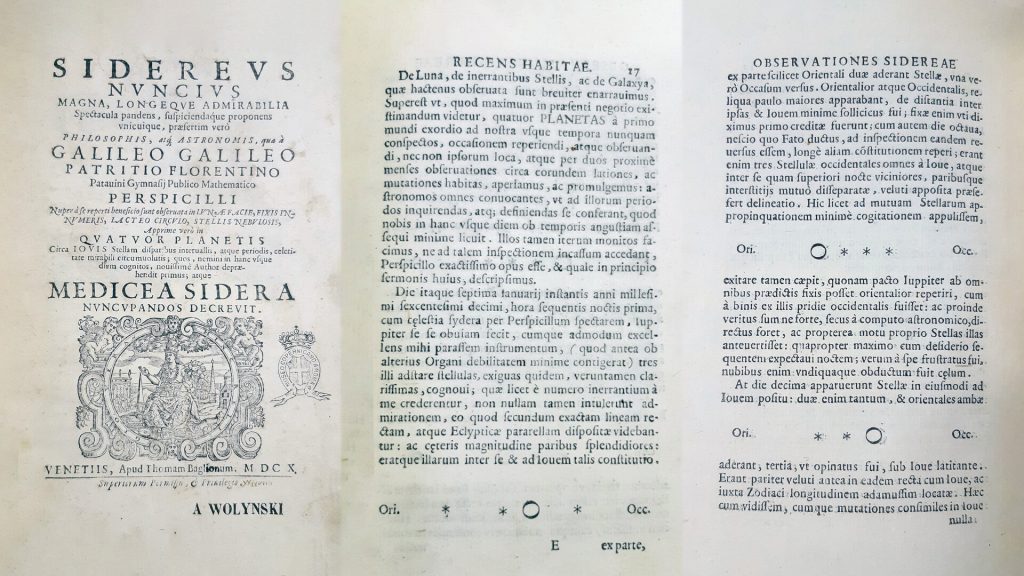
ESA’s Jupiter Icy Moons Explorer mission is going to be one of the most valuable missions in recent years. The data from the spacecraft will probably provide some of the answers about the Universe and the creation and functioning of the planets like Jupiter and its moons. The Juice mission will enrich our knowledge about our Solar System and distant worlds.

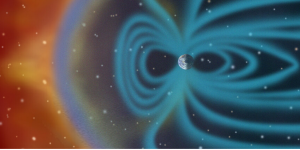

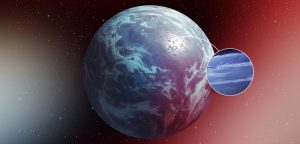


Thank you for your comment! It will be visible on the site after moderation.